A fuse box, also known as a fuse panel, organizes all of the car's fuses in one area for easy access. Your car's fuse box holds a variety of fuses with different ratings and most likely several relays. It is located under the hood in the engine bay, typically somewhere easy to get to that is less likely to be damaged in a collision. However, it is common for there to be an additional interior fuse panel inside the cab of the vehicle. This panel is commonly used for interior electronics related to driver safety and comfort.
Make sure you have your owner's manual available and know which box you need to replace. The fuse box does not normally fail unless the car has physical damage or electrical problems. These issues will need to be resolved before you install a new box, or else the new box is likely to fail as well.
Part 1 of 1: Removal of the fuse box
Materials Needed
- Owner's manual
- Socket set and wrench
- Screwdriver set
- Pen and tape for labeling wires (optional but recommended)
Step 1: Disconnect the battery cable. Disconnect the negative terminal connected to the battery. This way no electricity will be running through the system during in the installation process.
- Note: Set the negative cable aside where it will not make contact with metallic objects around it.
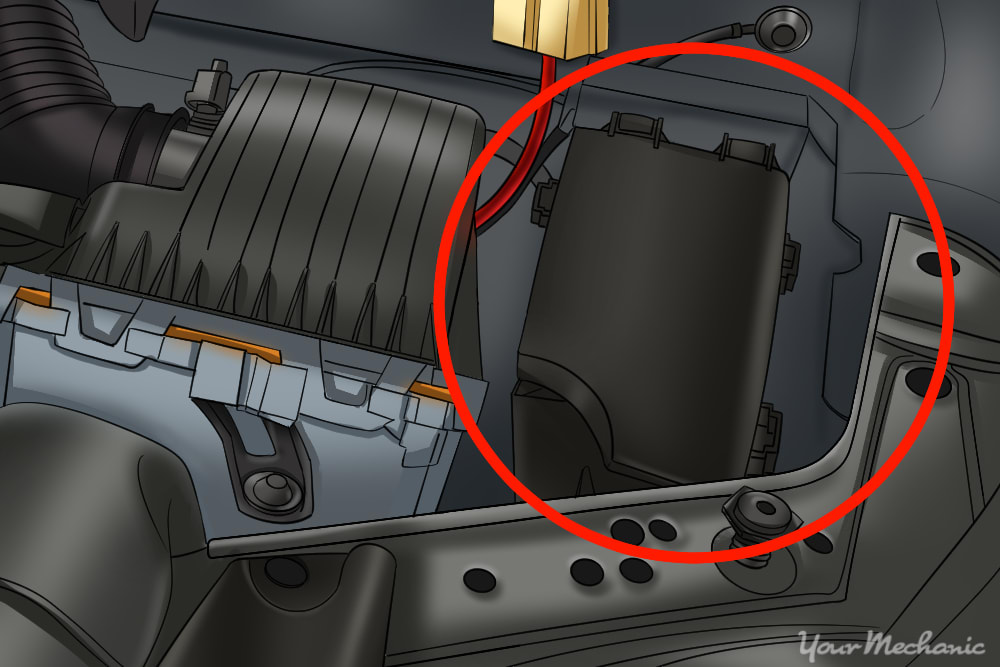
Step 2: Locate and open the fuse panel. Open the hood and locate the fuse panel. It will have a cover over the fuses and you will need to remove the cover to access the panel.
- Note: On most makes and models, the diagram of fuse functions is located on the inside of the panel's lid. You may need this for reference at some point.
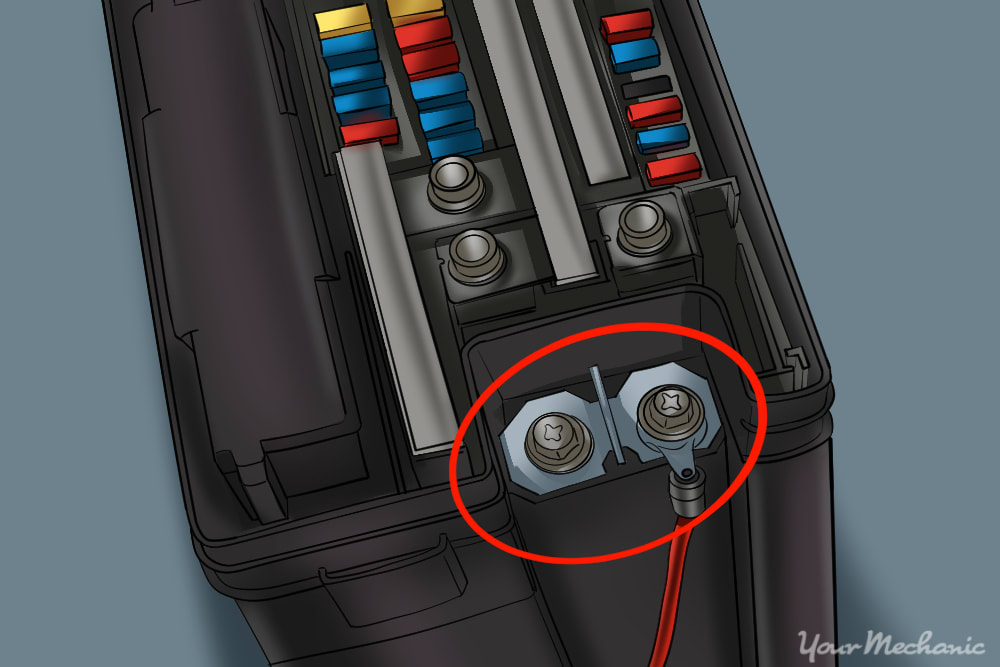
Step 3: Disconnect fuse box power supply. Once the lid is off and set aside, find and disconnect the power supply to the fuses.
There is a possibility the power supply is routed through the bottom. In that case, skip to step 4 to remove the fuse box housing to access the wires, and then come back to step 3 before proceeding.
It is most likely a single or set of red wires with a terminal connected with a bolt, similar to the battery. Unbolt the connections and set aside.
- Note: You may want to tape and label them for your convenience during reinstallation.
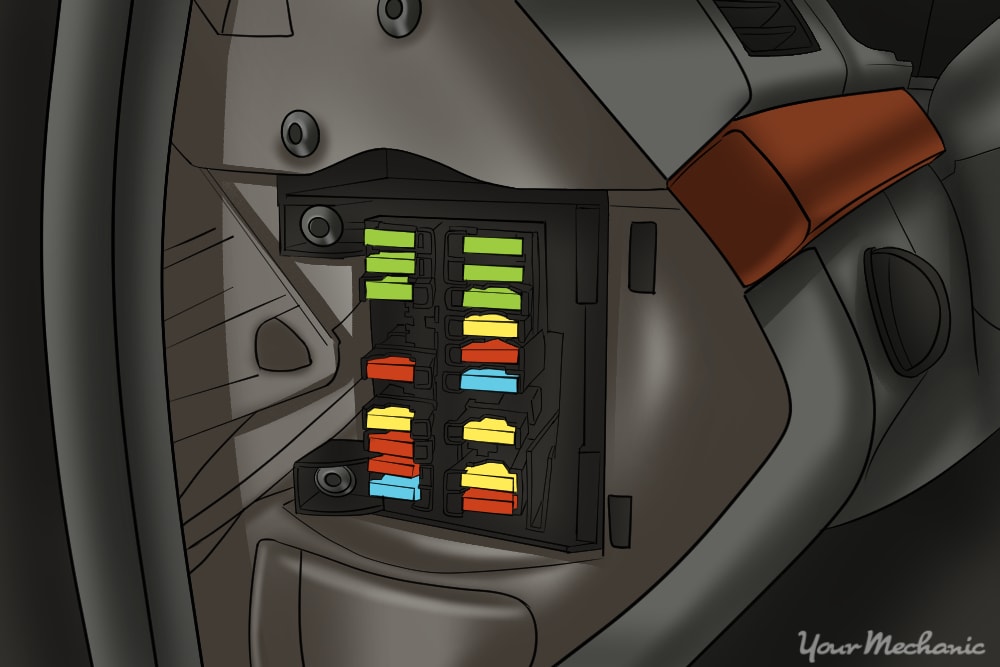
Step 4: Disconnect the panel's housing. Remove any retaining bolts holding the fuse box in place.
They will be around the perimeter and may be different lengths, so pay attention to where each bolt is located while removing it.
- Note: Always keep bolts in a safe location while working. Use a magnetic tray, plastic bag, or a container to keep the bolts together until you need them again.
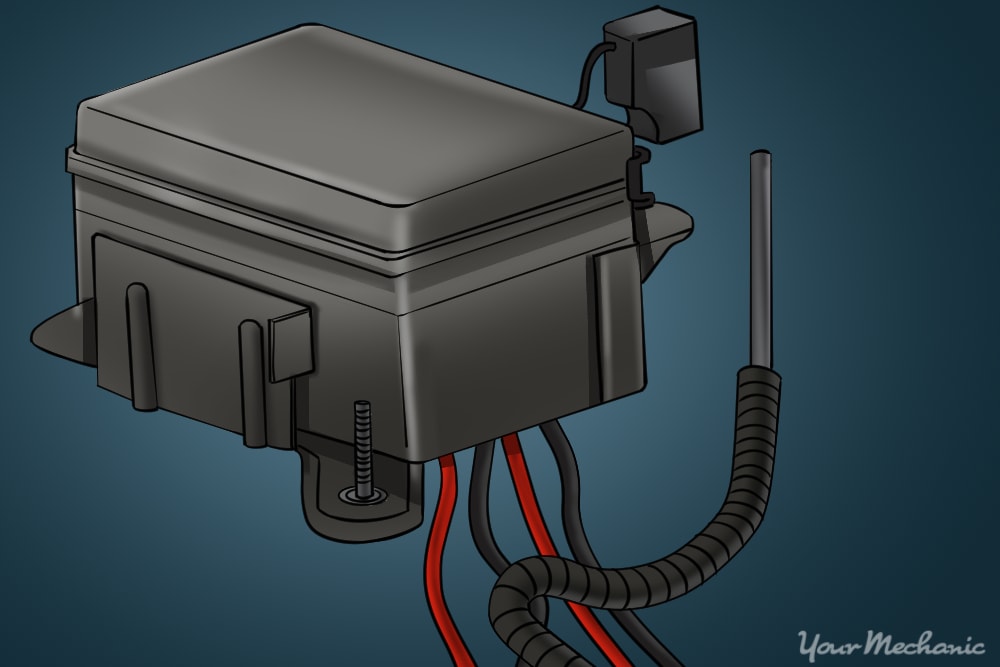
Step 5: Remove and label the wiring harnesses. Once you have removed the housing, you will see that there are more wires connected to the fuse box routed to the miscellaneous systems and sensors they protect. Start to remove them one by one.
It is highly recommended that you properly label them using the fuse diagram as you disassemble the panel. This eases confusion and can save you from having to unnecessarily replace parts that will become damaged by crossed wires.
Step 6: Confirm replacement and transfer fuses. The replacement fuse box must be rated and designed for your vehicle.
Compare both parts and confirm that your replacement is an exact match. Once you have confirmed this, installation with labeled wires should be simple.
If you do not have new fuses and relays for the panel, use the fuses from the old box. Make sure you are putting them in the exact location they are rated for. Look to your panel's cover for guidance on this.
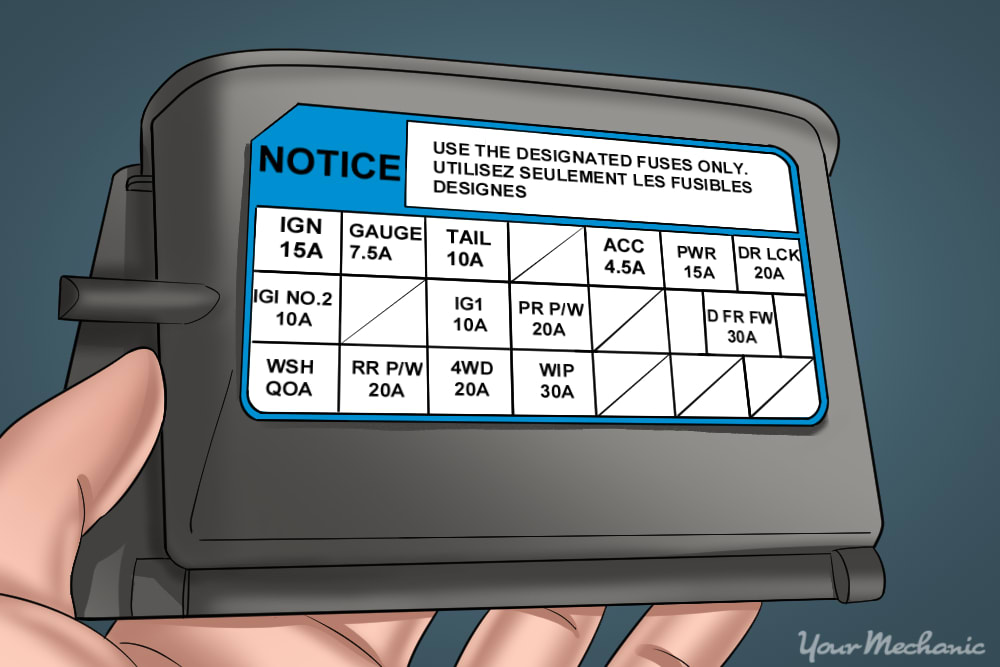
- Note: Check the status of your fuses before deciding to reuse them. Look for a broken filament inside the viewing window on the fuse. If this is discolored or broken, the fuse is bad and you will need to buy a replacement.
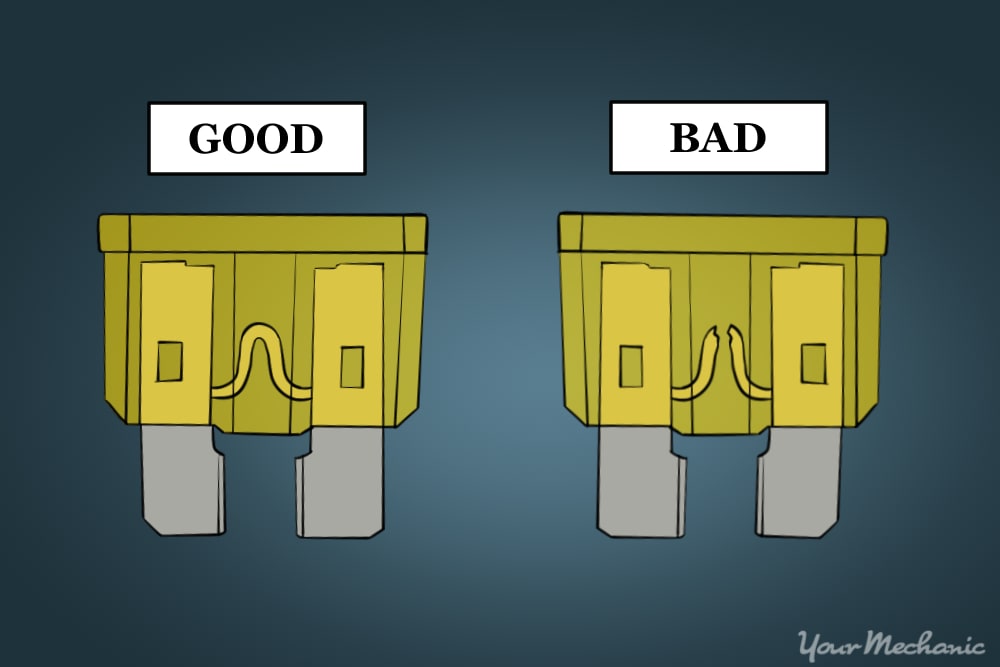
Step 7: Reconnect the system wires. With the fuses installed, you can start to reattach the various wires to all the systems the fuses protect.
Start with any in the hardest to reach positions and reconnect the easiest ones last.
If you labeled the wires as you disconnected them, compare the label to the diagram and put the wires back in their assigned position. Crossing these wires can cause permanent damage to the systems they are attached to.
Different systems and different fuses are rated for different amperages. After reconnecting, confirm that the wires are securely attached.
Step 8: Mount the new fuse box. Use the retaining screws to mount the new box in the same position as the old fuse box. These need to be hand tightened.
Overtightening them may damage the screw housing.
Step 9: Reattach the power supply. Reassembly of the fuse box is complete when it is supplied it with power. Reattach the power supply you set aside in step 3.
Always use these steps to check the status and condition of your equipment.
If there is anything wrong with the terminals for the fuse box power supply, you may need to replace the wire, or splice in a new connection. Reattach the lid to fuse box.
Step 10: Connect the battery terminal. Reattach your negative battery terminal.
Make sure that the connection is secure and will not unscrew or disconnect from engine vibration.
Step 11: Test the vehicle and accessories. Turn on the vehicle and test the fuel pump relay and a few fuses.
Continue to test radio function, windows, air conditioning, heater, and other accessories in the vehicle that are connected to the new fuse panel.
If one or more functions was working before the replacement, but is not functioning after, check those fuses one by one. Look for the correct amperage rating, unbroken filaments, and proper installation of the fuse itself.
Fuses play a large role in keeping the electronic systems in your vehicle safe. Fuses are a cheap and easy way to keep from replacing more expensive parts of the vehicle. Relays found in the fuse panel also protect the driver by keeping the large power supplies away from the drive switches. The main unit that houses these fuses can be damaged by impacts, water, weather, and a wide variety of variables. Replacing them can be done quickly and cost effectively. If you need assistance with the replacement of your fuse box, a certified technician, such as one from YourMechanic, can replace it for you at your home or office.
The statements expressed above are only for informational purposes and should be independently verified. Please see our terms of service for more details
Source: https://www.yourmechanic.com/article/how-to-replace-your-car-fuse-box-by-jessica-howe
Posted by: teshateshaschemautzea0252111.blogspot.com

0 Comments